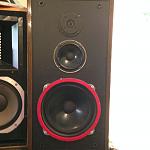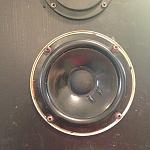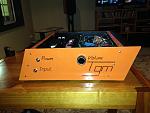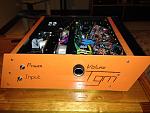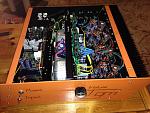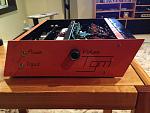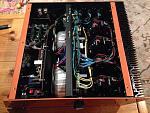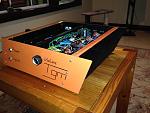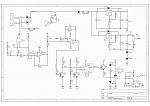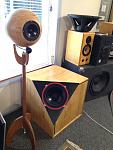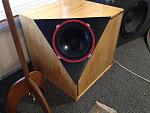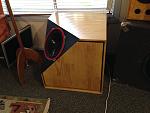Over the last 6 or so months I have built a nice little sub plus satellite system that comprises:
- The "Ikea Salad Bowl Speakers", with some really nice vifa premium line drivers in them, making these 1980's vintage
- A Richard Allan subwoofer, in which I used a 1970's (I guess) HP12B driver, in a complex cubical enclosure with a corner cut off for the driver, and
- A ridiculously complex amplifier built to drive this lot, with DSP, multiple channels, optimised even to the point of addressing the fact the HP12B is 16 Ohms, and running bridged for that output.
So imagine my reaction when last night I settled back and ran the system up "properly" for maybe the second or third time, and CRACK!!!
My initial thought was that I had over "excursioned" the sub, and the voice coil was hitting the magnet backplate. I dug into the amplifier and programmed a subsonic filter, as you do, and settled back in again. CRACK!...












